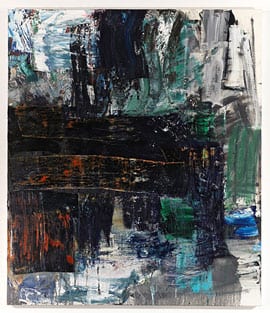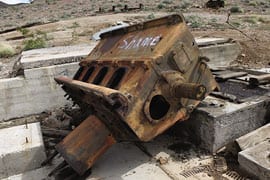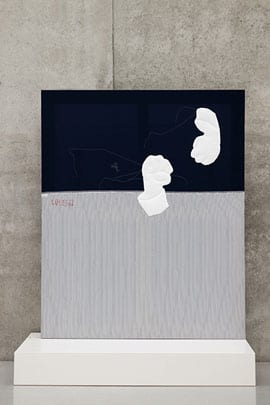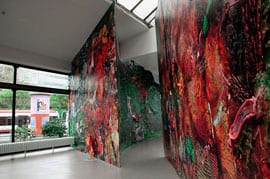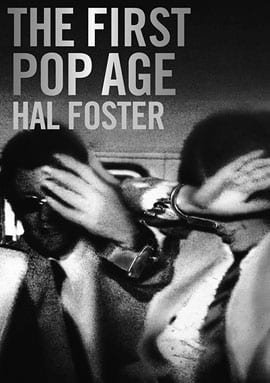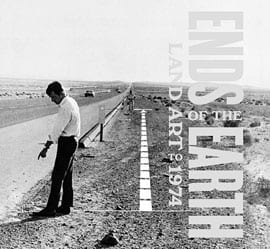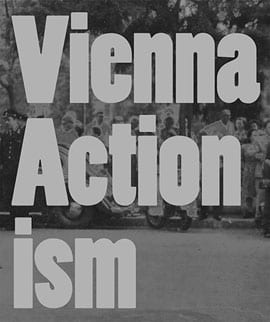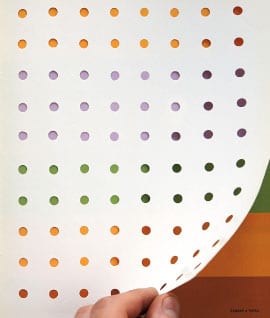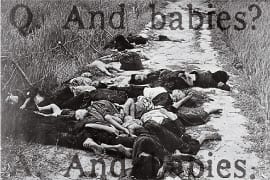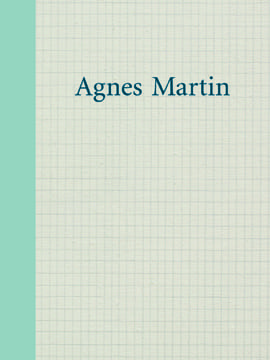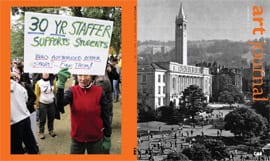By Louise Fishman and Carrie Moyer
This all came to me in the last couple of weeks. In the late 1980s, early 1990s, my partner and I had gone to Madrid to see the big Velázquez retrospective. I’d never been to the Prado. I spent a lot of time looking at the Velázquez and wandering around the museum. Eventually I found Goya’s Black Paintings.

